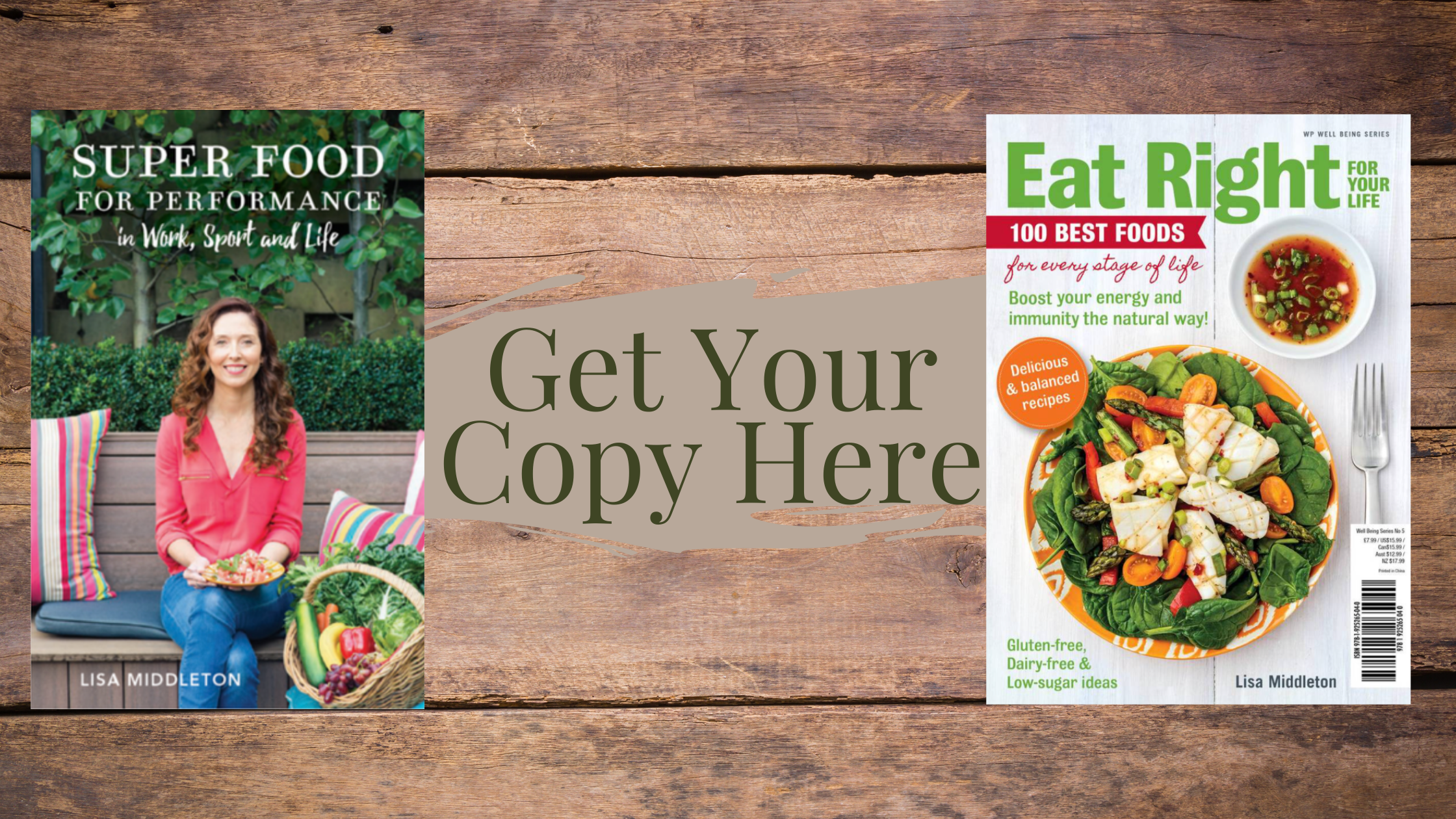I am the first to admit that I am one of those dietitians who was never a big fan of juice. My standard line was always to ditch the juice and eat a piece of fruit with a glass of water instead. You have probably heard that one before! Over time my views on juice have changed. This is because juice has changed. No longer is juice just the bottled reconstituted supermarket variety, or the sugary juice box that would be a school lunch order ‘treat’. Today more and more juice is fresh. Juice bars provide a range of juiced and blended options, which contain a whole lot more than just the liquid extracted from fruit. With the variety of juice options out there, it’s possible to make fresh, smart choices that can help you meet your nutritional needs.
Many dietitians are likely to recommend you keep juice intake to a minimum. The Australian Dietary Guidelines suggest a maximum of 125ml of 100% juice as an occasional substitute for a piece of fruit. This is based on the fact that many juices (sugar-added or not) contain over 10% sugar, just like soft drink. It’s easy to drink that sugar and just a 300ml glass can give you over 6 teaspoons. With obesity being a national health concern, public health messages to reduce sugar intake are warranted. Many people consume too much from drinks that are loaded with sugar but low in important nutrients - these don't fill you up at all, making it easy to drink and drink and drink.
But with the age of the whizz-bang super blenders and superfood smoothies, a new variety of fruit and vegetable-based drinks has emerged. Unlike old-school bottled juice, the new-age juices are more than simply sugar, water and a sprinkle of vitamin C.
Blended fruit drinks, with the inclusion of whole fruits and vegetables, herbs, spices, milks, nuts and seeds have seen traditional juice turned on it’s head. Coconut water is now apopular base for fruit and veg drinks, along with dairy, soy, rice and almond milks. Juice is often not ‘juice’ at all.
Nutrients such as protein, healthy fats and fibre are becoming more prominent in blended juice drinks as a result, providing health benefits and fullness. A blended fruit drink can really become more of a meal or snack rather than just something to drink.
One criticism of regular juice is that the fibre and pulp are removed during the juicing process. Many of the nutrients in fruit are found near the skin. When whole fruit is blended, the skin is included, boosting fibre and nutrients. Blending is best!
Yes, there is still sugar in blended fruit drinks or smoothies. But when the sugar comes from fresh fruit or milks, it brings with it other beneficial nutrients, an important point of difference compared to soft drink and other high sugar, empty-calorie beverages. The presence of a wider range of nutrients replaces some of the sugar, which ends up reducing the overall sugar content of the drink (especially if vegetables are incorporated). If you know your vegetable intake needs a boost, a blended fruit and vegetable smoothie is a great way to sneak a in a few extra serves to help you reach your 5 per day.
A recent study by the University of New South Wales* compared a range of on-the-go drinks for their overall nutrition quality and found the drinks that contained blended whole vegetables or fruits to be the most beneficial for nutrients overall. It's important to consider the overall nutrition value of a drink rather than just focusing on one nutrient or the kilojoules. By keeping informed about the nutrient balance of on-the-go drinks, you can make an appropriate choice of drink, serving size, frequency and timing of intake to meet your individual needs and preferences.
For example, someone looking for a lower-kiojoule but nutrient-dense refreshing drink may choose a green smoothie with plenty of blended vegetables and a coconut water base. Someone who is super-active and trying to gain some muscle mass may benefit from a dairy based smoothie higher in protein with some fruit, nuts and seeds providingextra nutrition and energy. Everybody's needs are different.
One concern about juice is that it can be acidic, creating an environment for potential damage to teeth. A number of factors contribute to your likelihood of dental issues, including the acidity, sugar content, 'stickiness' and frequency that foods and drinks are consumed. You can reduce your risk by drinking fruit/vegetable based drinks through a straw to reduce contact with teeth, and make sure to always rinse and swish with water after drinking higher acidity drinks. Incorporating dairy with whole fruit to make a smoothie can be protective for teeth compared to drinking juice on its own.
Water is important for daily fluid needs (tea is right up there for hydration too), but if you are looking for a nutritious and tasty choice, a blended fruit and vegetable drink can provide a range of important nutrients, keep you full and put a smile on your face!
For more nutrition info, recipes and tips, sign up to my free newsletter below or check out my other blog posts on my Thoughts page.
* Reynolds, R & Lin, S. (2016) Nutritional analysis of a selection of on-the-go drinks, Full Analytical Report, UNSW Australia.




































